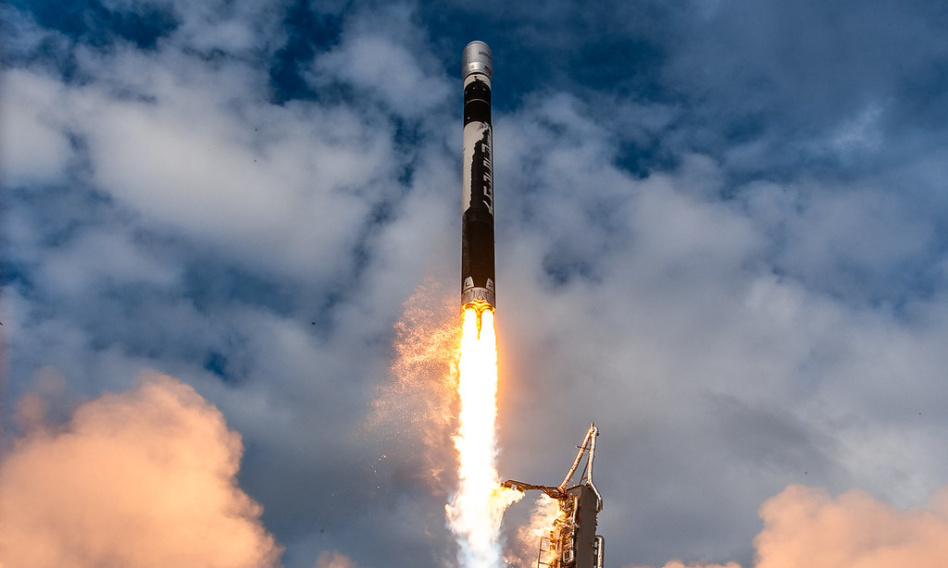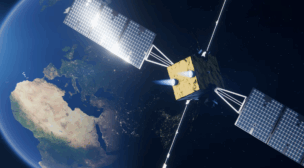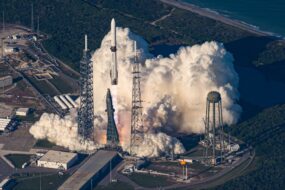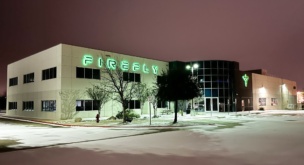Firefly Aerospace announced a $175M fundraising round on Tuesday as the space transportation company looks to regain traction ahead of a series of make-or-break missions under new CEO Jason Kim.
The news comes as competing small satellite launchers Astra and Relativity are also seeking new funding for their launch vehicle development programs.
RPM Ventures led Firefly’s round, marking the fund’s first space investment, according to Pitchbook. The Series D also included participation from GiantLeap Capital and Human Element.
CEO chat: “Firefly did a tremendous job of picking the right market segments deliberately,” Kim told Payload, pointing to the company’s launch business, Moon lander construction, and spacecraft development.
“I plainly explained to investors that we’re very efficient with our capital and we’ve got the proof points to that,” Kim said. ”Our Series C, you saw, we were able to expand our rocket ranch facility from 90,000 square feet to 200,000 square feet.”
Human resources: Kim’s arrival in October coincided with a round of layoffs and uncertainty after the board ousted former CEO Bill Weber in July. He said he was drawn to Firefly after observing the team as a customer, when Firefly launched a satellite built by his previous firm, Boeing’s small-sat maker Millenium Space Systems.
“It’s amazing what you can do with a group of people that are motivated and have a common purpose, when you give them goals and then you go and support them,” Kim said. “At the end of the day, it is all about execution. As long as we can execute, we can keep doing more and more of what Firefly wants to do.”
SITREP: The company is pushing to execute on multiple contracts:
- The next Alpha rocket will launch sometime early in 2025, Kim said, on a mission for Lockheed Martin, originally expected before year-end. It’s not clear what’s behind the hold-up, but Kim said, “We want to make sure that they have 100% success on their launch.”
- Firefly’s Blue Ghost Moon lander is back from environmental testing, and staff are putting the system through simulations ahead of its CLPS mission. That flight was expected before the end of 2024, but current launch timing is unclear.
- The company’s Medium Launch Vehicle collaboration with Northrop Grumman saw its program director leave for Rocket Factory Augsburg over the summer. Kim said Firefly is hiring a new leader and is still on track for a 2026 launch, reporting that the MLV’s Miranda engine has performed full-duration, full-power hot fire tests.
- Firefly’s to-be-flown Orbital Transfer Vehicle, Elytra, is the company’s least appreciated program, per Kim, but will be a “big revenue generator” in the future.
Rapid response: Firefly’s most in-demand capability is the ability to launch a satellite on short notice for the DoD. After its first tactically-responsive mission in 2023, Firefly won a contract to launch an RPO spacecraft for True Anomaly’s VICTUS HAZE demo mission.
Like many rocket-builders, Firefly faces a challenge delivering rockets while also optimizing them to meet the company’s performance metrics.
“There’s always room for improvement in terms of higher performance,” Kim said when asked about Alpha’s target of a metric ton of payload to LEO. “What we’re doing on Alpha is we’re producing them at rate, but then there’s pre-planned improvements that we can insert incrementally.”




